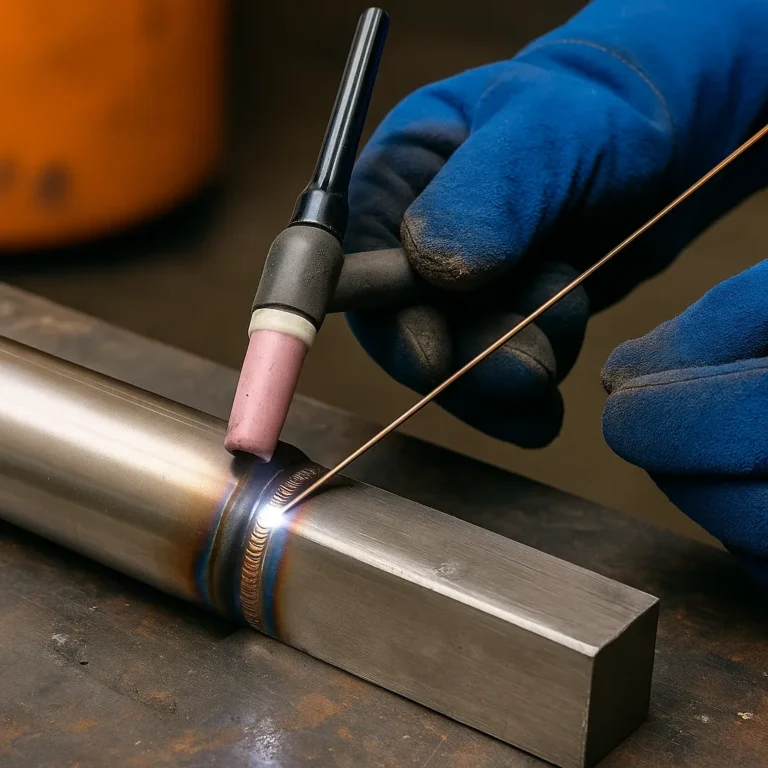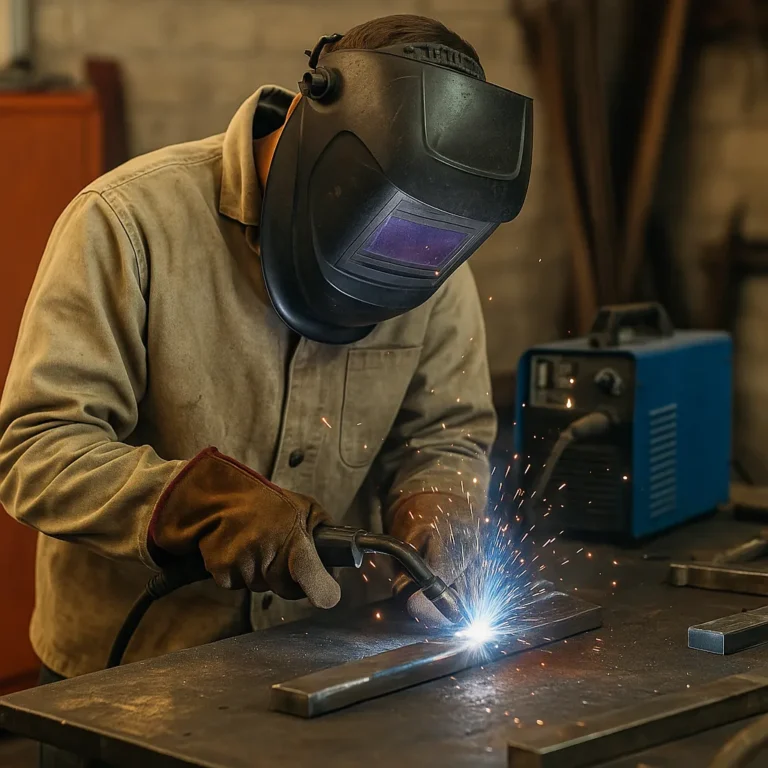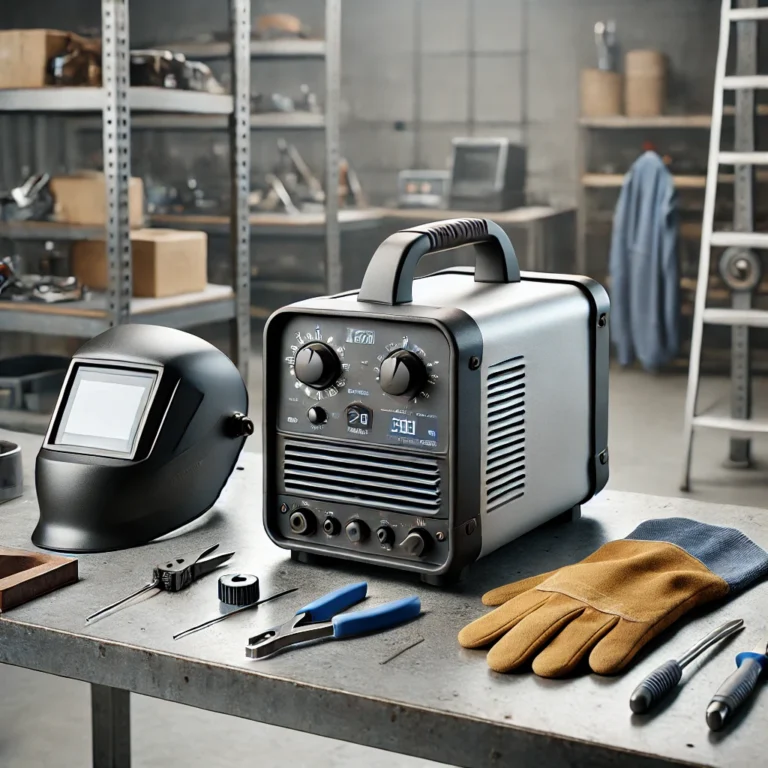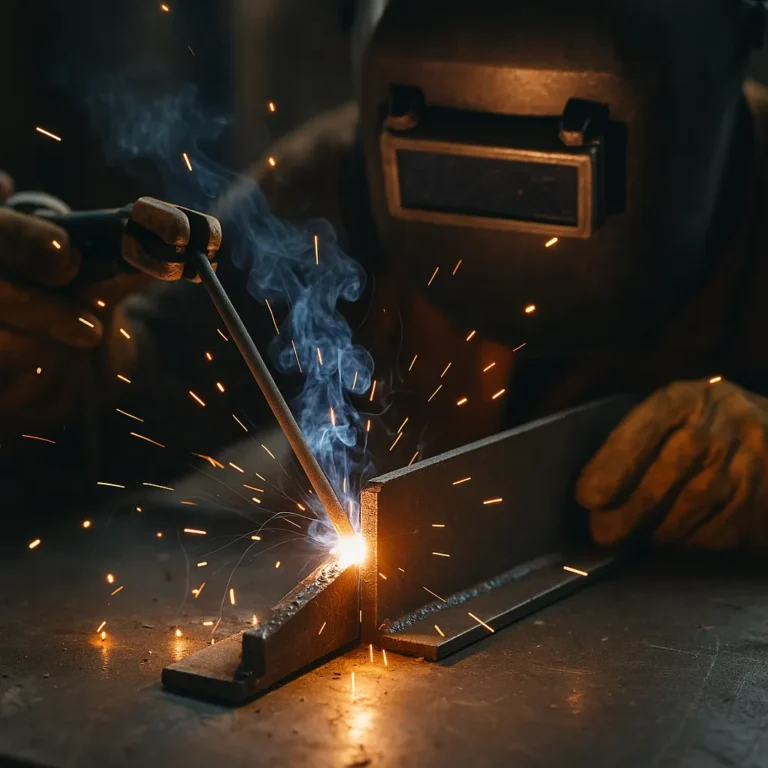TIG Welding Art Projects: Creative Ways to Turn Metal into Masterpieces
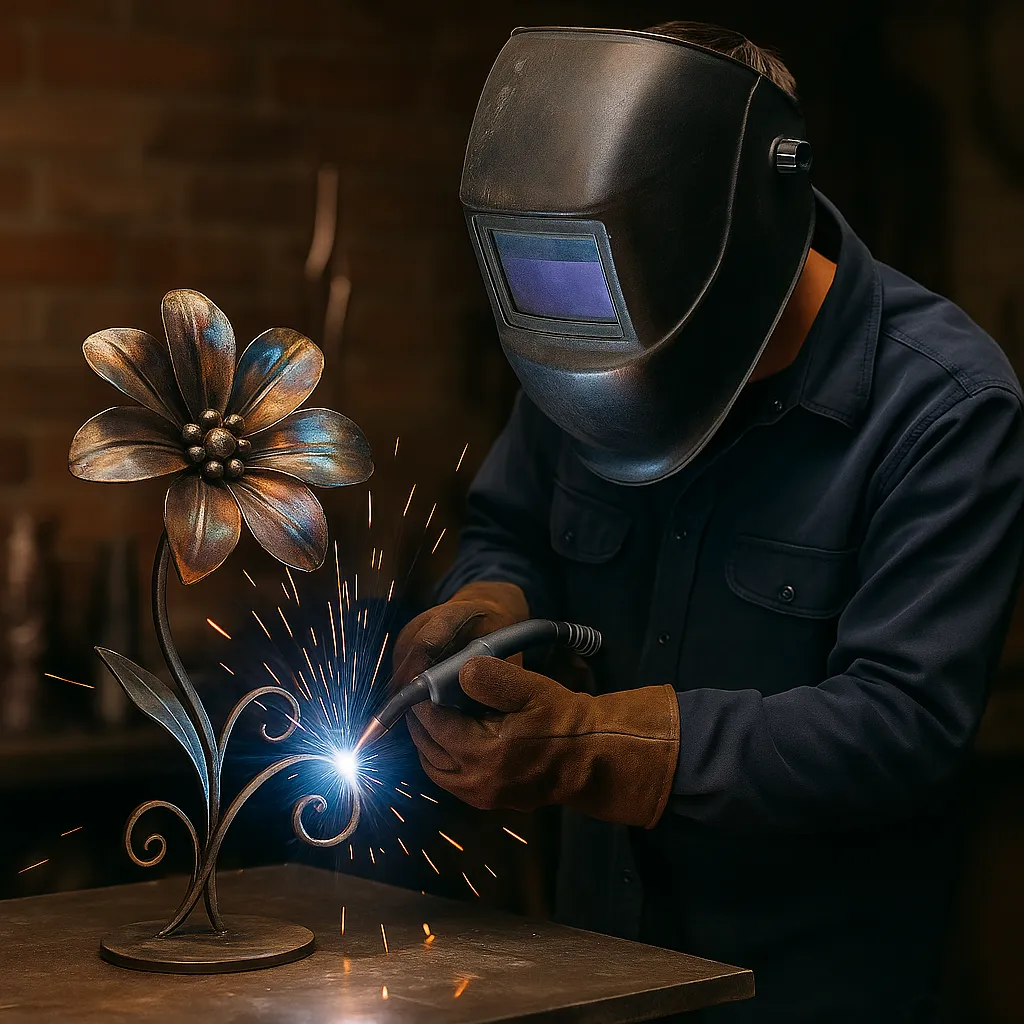
Disclosure: This post contains affiliate links. As an Amazon Associate, I earn from qualifying purchases—at no extra cost to you.
TIG welding isn’t just for precision fabrication or clean joints. It’s also a favorite technique for artists who want to turn metal into expressive, detailed works of art. Whether you’re making wall hangings, sculptures, or custom décor, TIG gives you the control and clean finish you need to bring creative ideas to life.
Here’s how TIG welding fits into the world of metal art—and what you’ll need to get started with confidence.
Why Artists Love TIG for Welding Art
One of the biggest reasons TIG is so popular in artistic welding is the level of control it offers. The arc is stable, the welds are clean, and you can dial in the heat as you go—especially helpful when working on delicate or small-scale pieces.
TIG works beautifully with stainless steel, copper, bronze, and aluminum. Artists often choose it because there’s minimal spatter, which means less cleanup and a smoother final product. Many hobbyists on welding forums mention that once you get past the learning curve, TIG becomes second nature for creative metalwork.
Gear You’ll Need for Artistic TIG Projects
To start creating TIG art, a high-frequency TIG welder with AC/DC capability is ideal. Machines like the PrimeWeld TIG225X or the AHP AlphaTIG 200X are commonly recommended by small shop welders and artists alike.
You’ll also want a flexible torch head for better maneuverability, a foot pedal for precise heat control, and filler rods matched to the type of metal you’re using. ER70S-2 works well for mild steel, while silicon bronze is a solid choice for decorative finishes with a warm tone.
Make sure your work surface is solid and steady. A heavy-duty table with clamps makes a big difference, especially when welding irregular shapes or curved components.
Getting Comfortable with the Process
TIG isn’t the easiest welding method to learn, but it’s one of the most rewarding for art. You’ll be managing heat, torch position, and filler wire simultaneously—so coordination is key. Many beginners start with simple projects like metal flowers, layered geometric designs, or textured wall panels.
Artists often pull inspiration from scrap metal—turning discarded parts into one-of-a-kind sculptures. As your technique improves, you can tackle more intricate designs or mix TIG with other processes like brazing or plasma cutting to add depth to your work.
Feedback from online communities suggests that practice is everything. Stick with it, and you’ll see your welds (and your confidence) improve fast.
Safety Still Matters
While you might be creating art instead of structural joints, safety gear is just as essential. Make sure you have a quality auto-darkening helmet (preferably one with a grind mode), lightweight gloves that offer dexterity, and a flame-resistant jacket that doesn’t restrict movement.
If you’re working with galvanized or coated metals, ensure your space is well-ventilated or use a fume extractor or respirator. Good lighting also helps reduce eye strain and makes it easier to control fine welds.
Conclusion
TIG welding opens the door to artistic expression with metal. It takes some patience to learn, but the results speak for themselves—clean, detailed pieces with strong, professional-looking welds. Whether you’re building a freestanding sculpture, a decorative panel, or a custom furniture accent, TIG gives you the tools to make it happen with style and precision.

